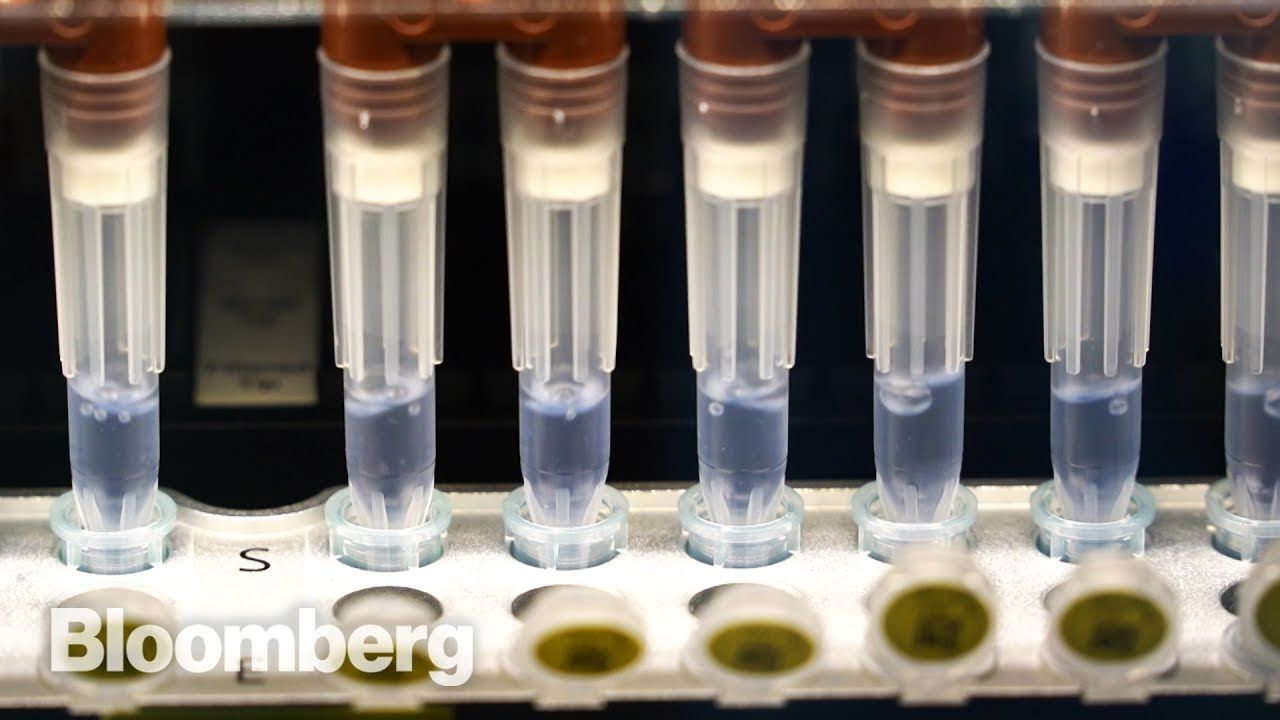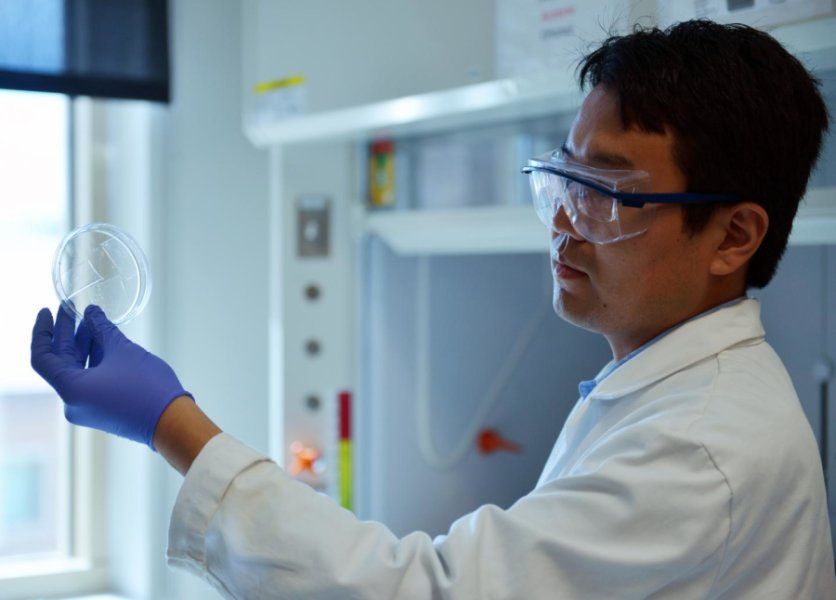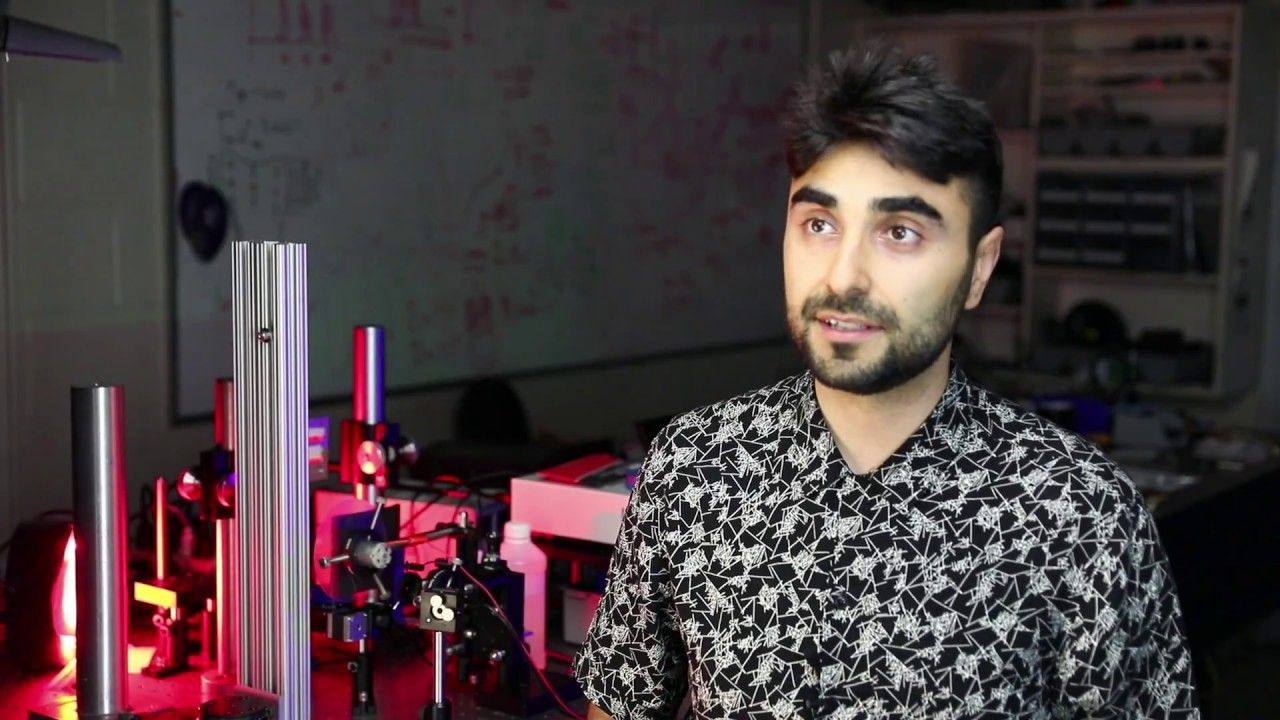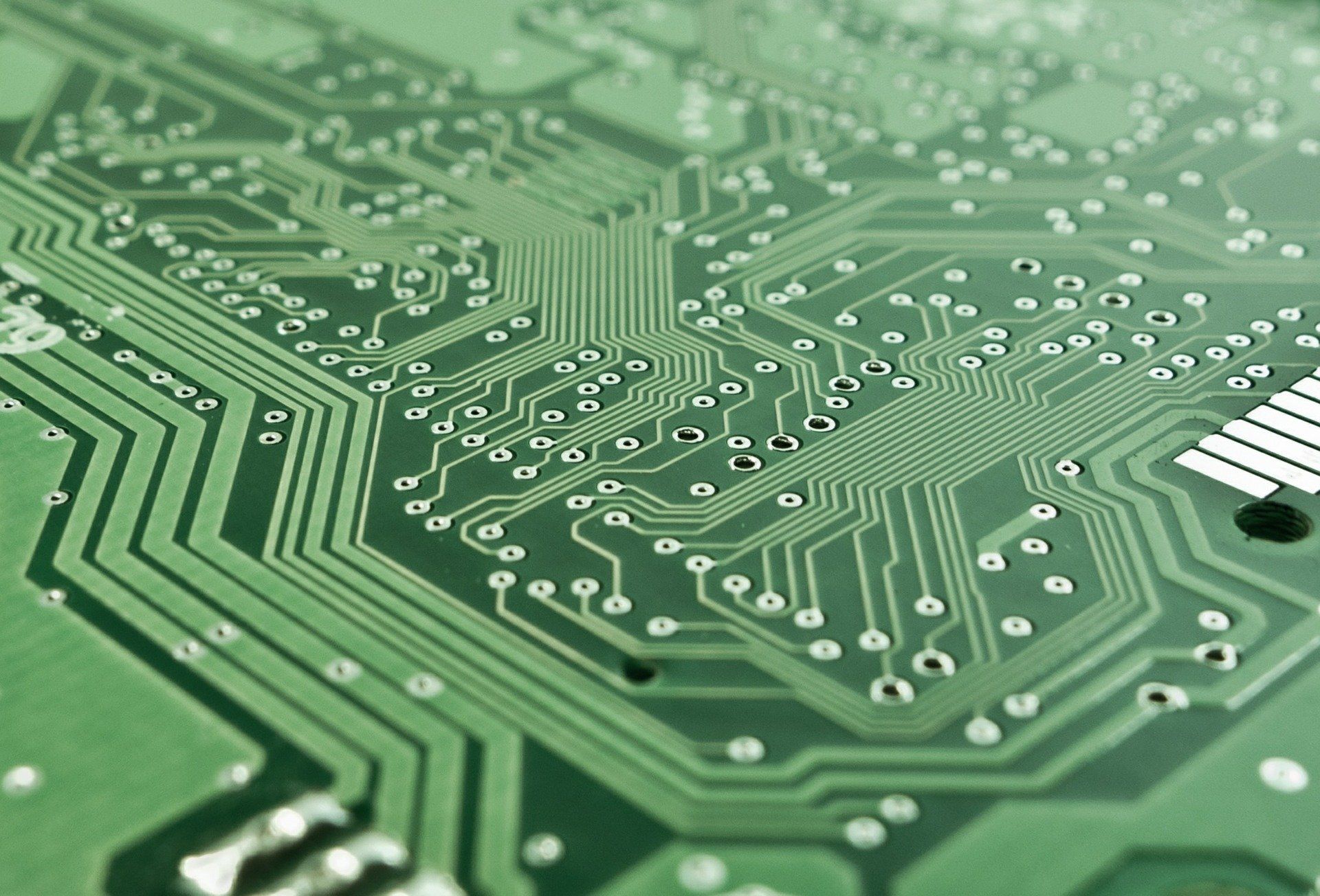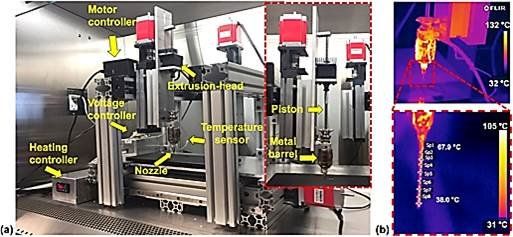Aug 14, 2018
The assembly line of the future: Automation, DNA construction, and synthetic biology
Posted by Klaus Baldauf in categories: bioengineering, biotech/medical, economics, genetics, robotics/AI, sustainability
This story is brought to you by SynbiCITE, which is accelerating the commercialization of synthetic biology applications. To learn how SynbiCITE is nucleating a sustainable UK economy, visit www.synbicite.com.
Just as Henry Ford’s assembly line revolutionized the automobile industry, synthetic biology is being revolutionized by automated DNA assembly (see SynBioBetaLive! with Opentrons). The key features of an assembly line translate well into the field of synthetic biology – speed, accuracy, reproducibility and validation. Instead of welding chassis together, small robotic arms are lifting delicate plates holding dozens of samples, adding and removing miniscule amounts of fluid.
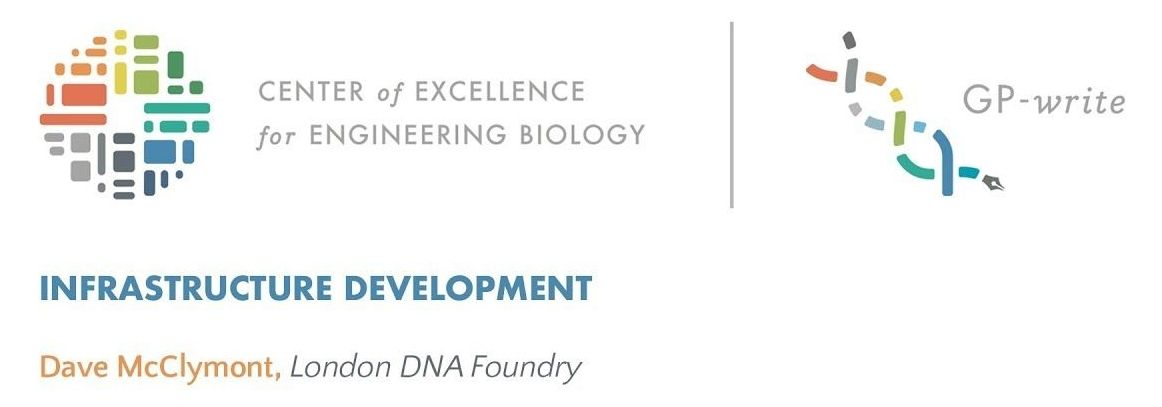
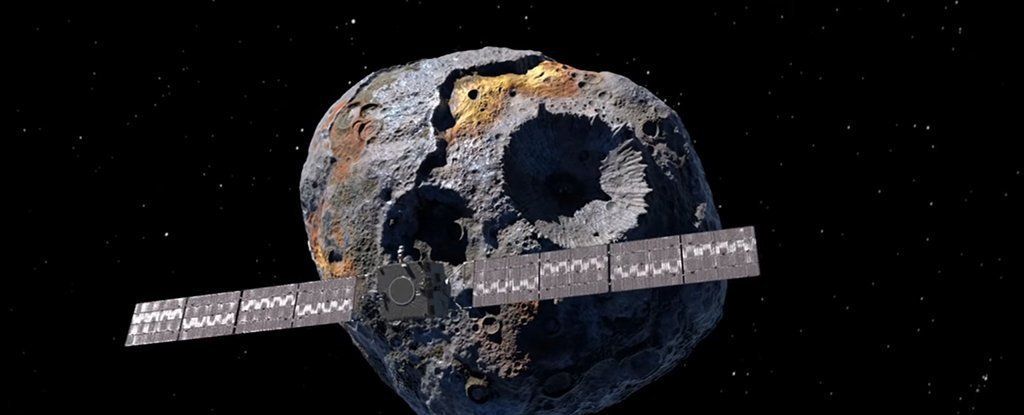
 NASA conception)
NASA conception) 